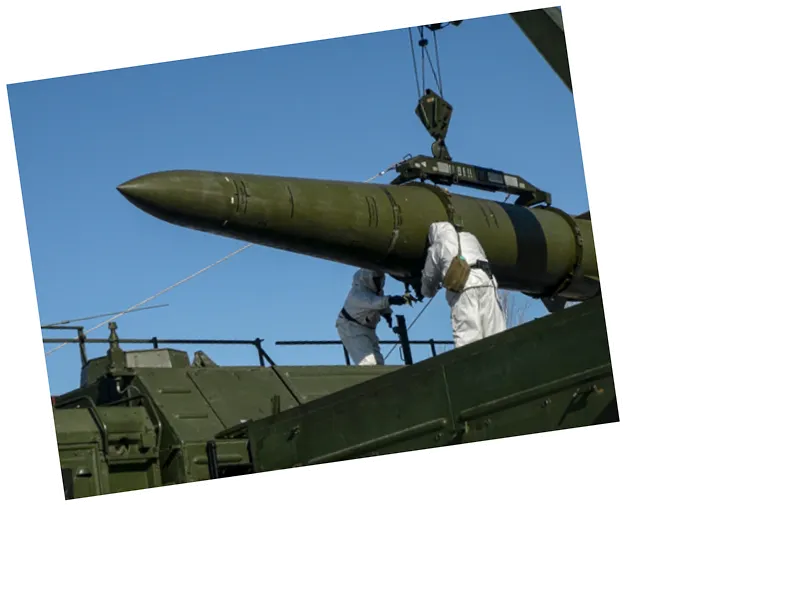The revision of Russia's nuclear doctrine signals a significant shift in its military strategy, particularly in response to Western support for Ukraine.
The U.S. decision to allow Ukraine to use ATACMS missiles marks a critical turning point in the conflict, potentially altering the balance of power.
Concerns about nuclear escalation are prevalent, with analysts warning that the current trajectory could lead to catastrophic consequences.
The ongoing military support for Ukraine may lead to further revisions in Russia's military doctrine, increasing the likelihood of nuclear rhetoric.
Escalation in the conflict could prompt other nations to reassess their military strategies and alliances in response to perceived threats.
Increased military engagements may lead to a heightened state of alert among nuclear powers, raising the risk of miscalculations.
Russia Revises Nuclear Doctrine in Response to Ukraine's New Missile Capabilities
In a significant shift in military policy, Russian President Vladimir Putin has revised the country's nuclear doctrine to permit the use of nuclear weapons against non-nuclear states that are supported by nuclear powers. This change, effective immediately as of November 19, 2024, comes in the wake of the United States' decision to allow Ukraine to utilize long-range ATACMS missiles against Russian territory. According to TASS, the revised doctrine expands the scope of military threats that Russia deems justifiable for a nuclear response, particularly targeting Ukraine, which has received backing from Western nuclear states such as the U.S., U.K., and France.
The new doctrine outlines that any attack on Russia by a non-nuclear state, if supported by a nuclear state, will be considered a joint attack. This marks a notable escalation in rhetoric and military policy, as Russia asserts its right to respond with nuclear force if its sovereignty is threatened by conventional attacks or mass missile launches. Kremlin spokesperson Dmitry Peskov emphasized that the use of nuclear weapons would be a last resort, aimed at protecting national sovereignty.
U.S. Policy Shift and Its Implications
The U.S. decision to permit Ukraine to use ATACMS missiles represents a pivotal moment in the ongoing conflict, altering the previous policy that restricted Ukraine from striking Russian territory. This shift is seen as a response to Ukraine's recent military successes, including the occupation of parts of the Russian Kursk region. Analysts suggest that the introduction of these missiles could significantly impact the dynamics of the conflict, especially with reports of Russia potentially deploying North Korean troops for a counter-offensive.
Ukrainian President Volodymyr Zelensky welcomed this decision, viewing it as a potential catalyst for further military support from Western allies. However, the move has sparked widespread concern regarding the risk of escalation into a nuclear conflict, with many social media users and analysts warning that striking deep into Russian territory could provoke a severe response from Moscow.
Growing Fears of Nuclear Escalation
The revised nuclear doctrine and the U.S. policy change have ignited fears of a potential nuclear war. Observers note that Putin had previously warned against such escalations, indicating that any attacks on Russian territory could lead to catastrophic consequences. Social media discussions reflect a divided opinion, with some arguing that the West is pushing Russia into a corner, while others caution that this could be the beginning of a dangerous escalation that may alter global power dynamics.
As tensions rise, the international community watches closely, with many calling for dialogue to prevent further escalation and to explore diplomatic solutions to the ongoing conflict.





